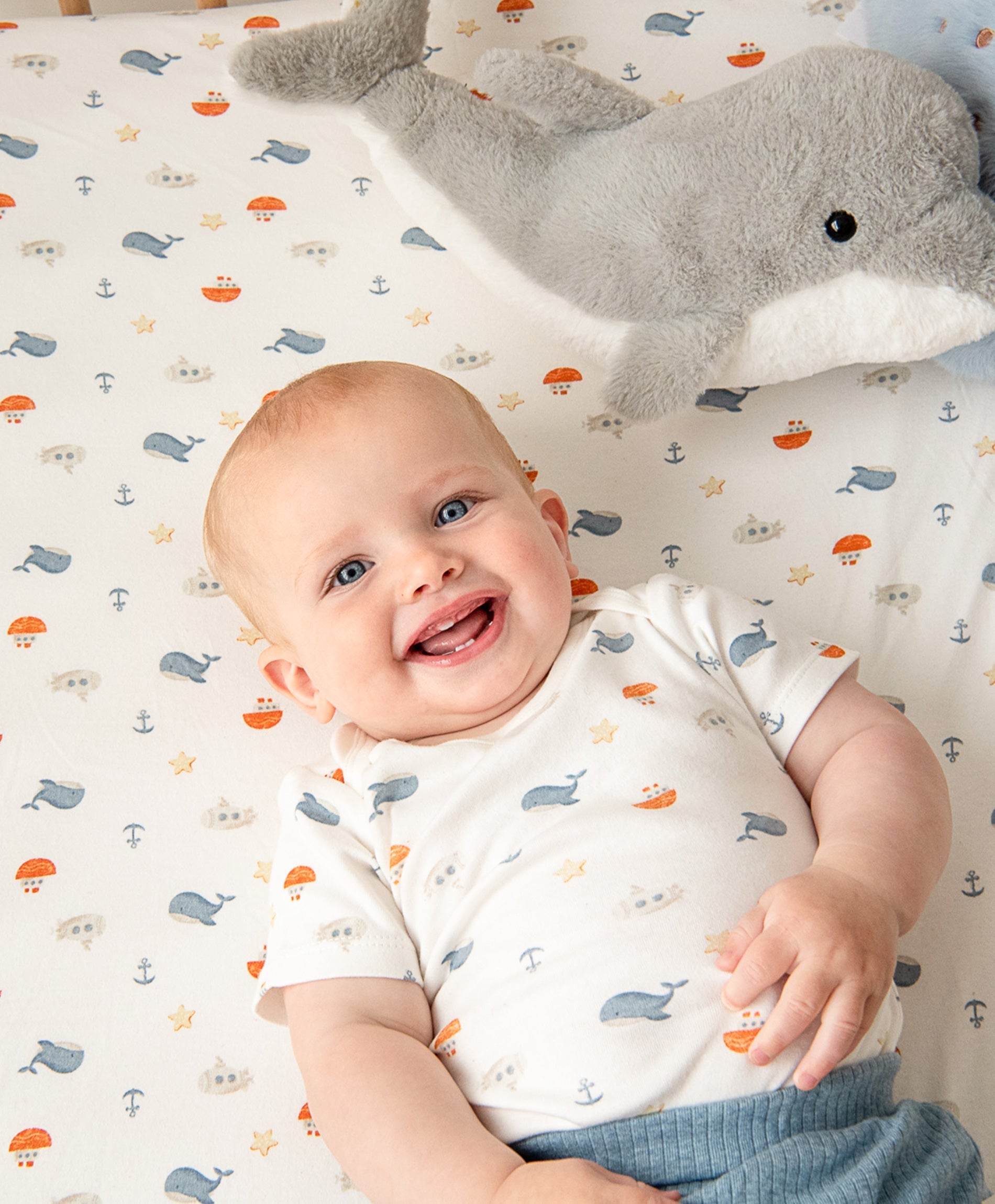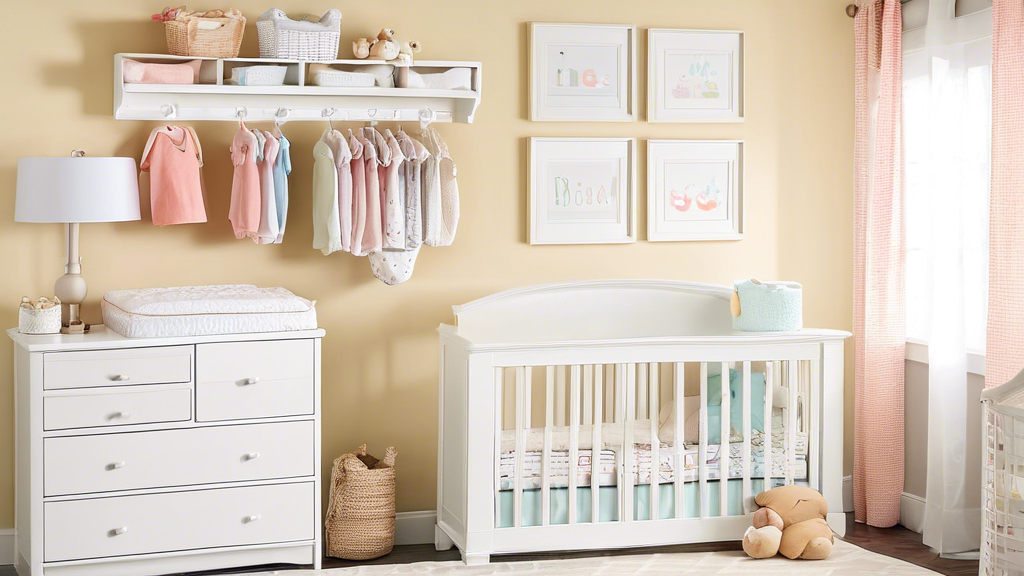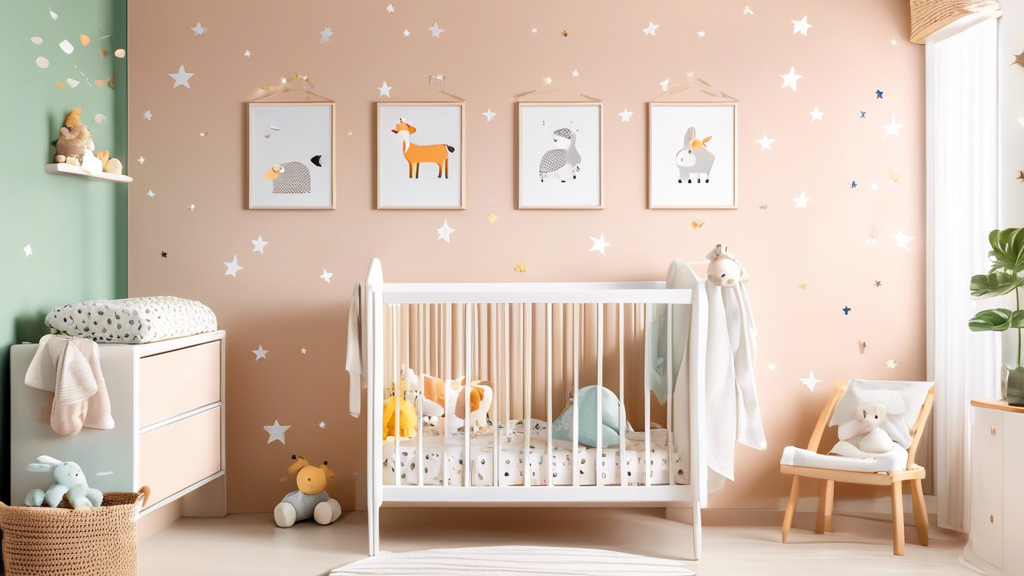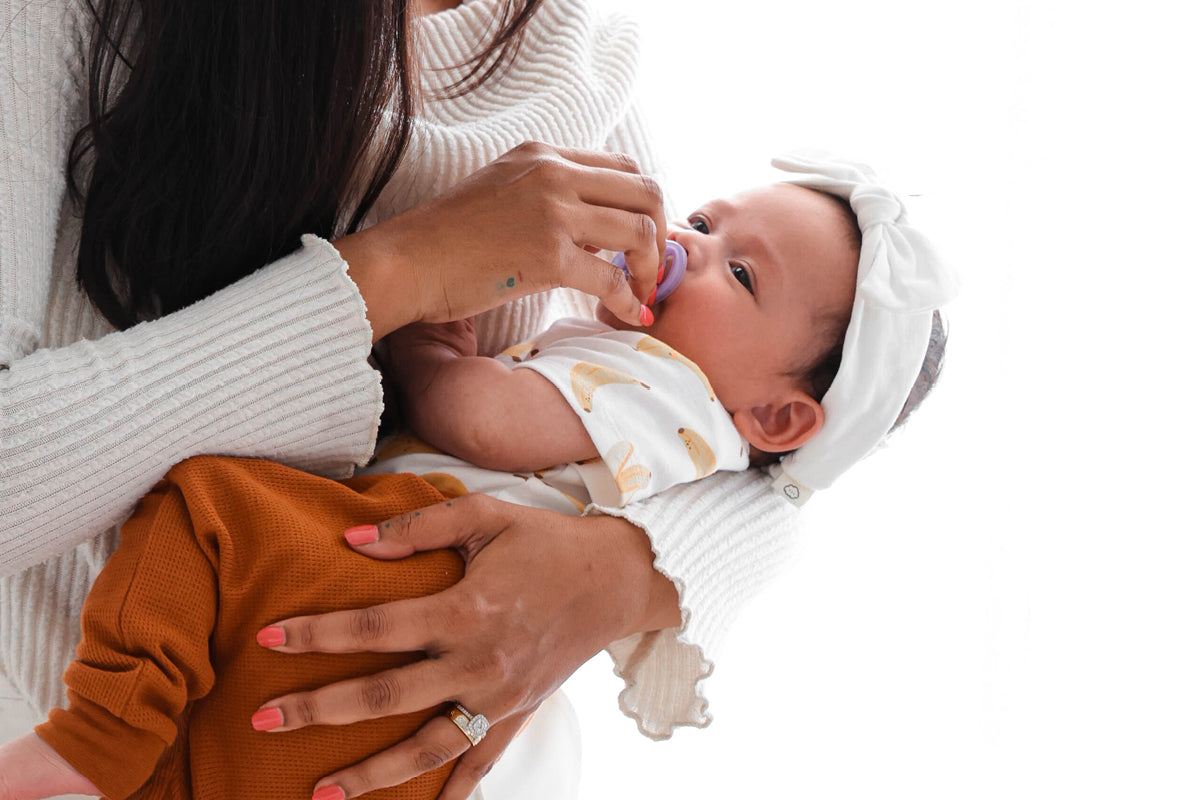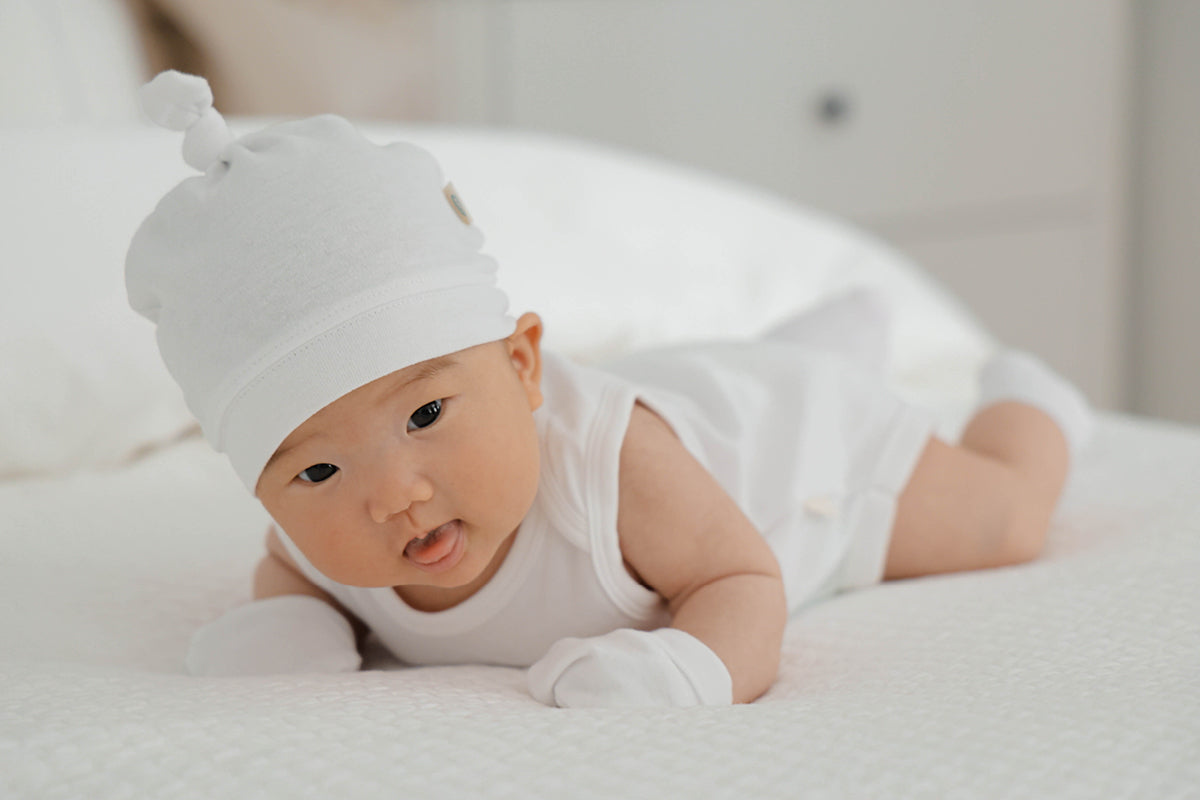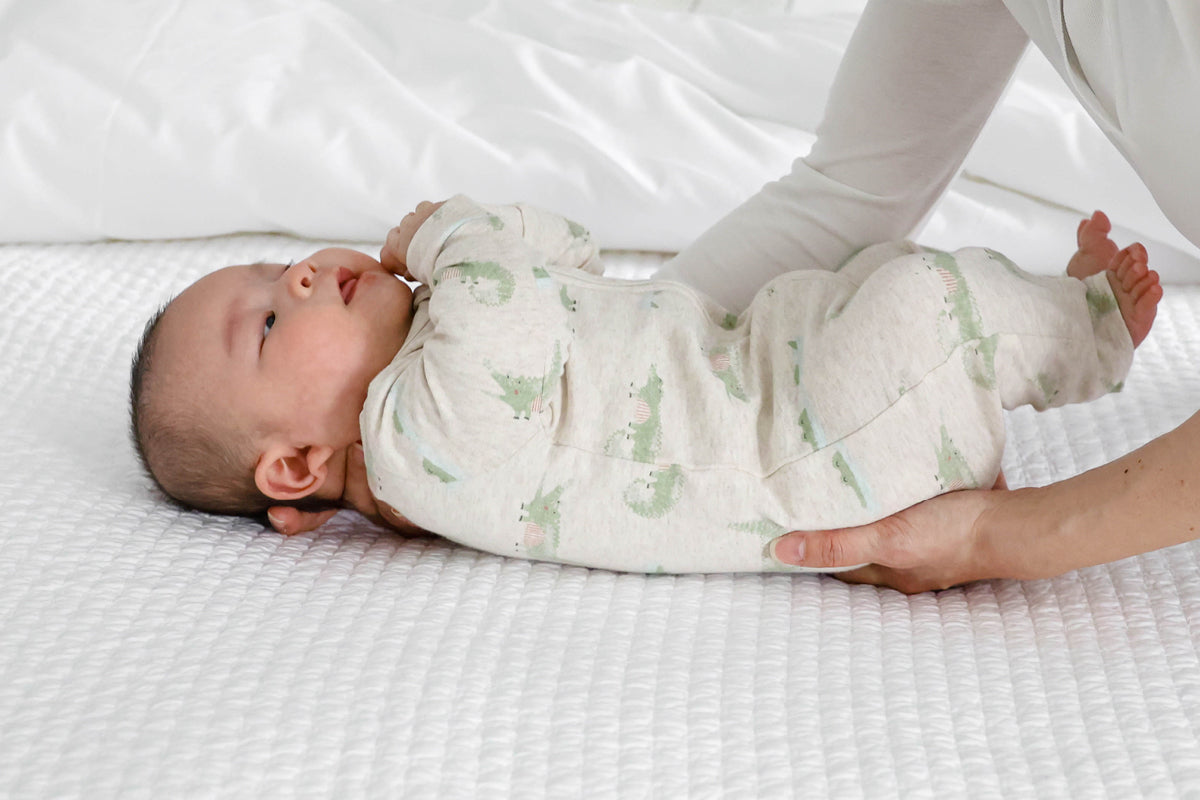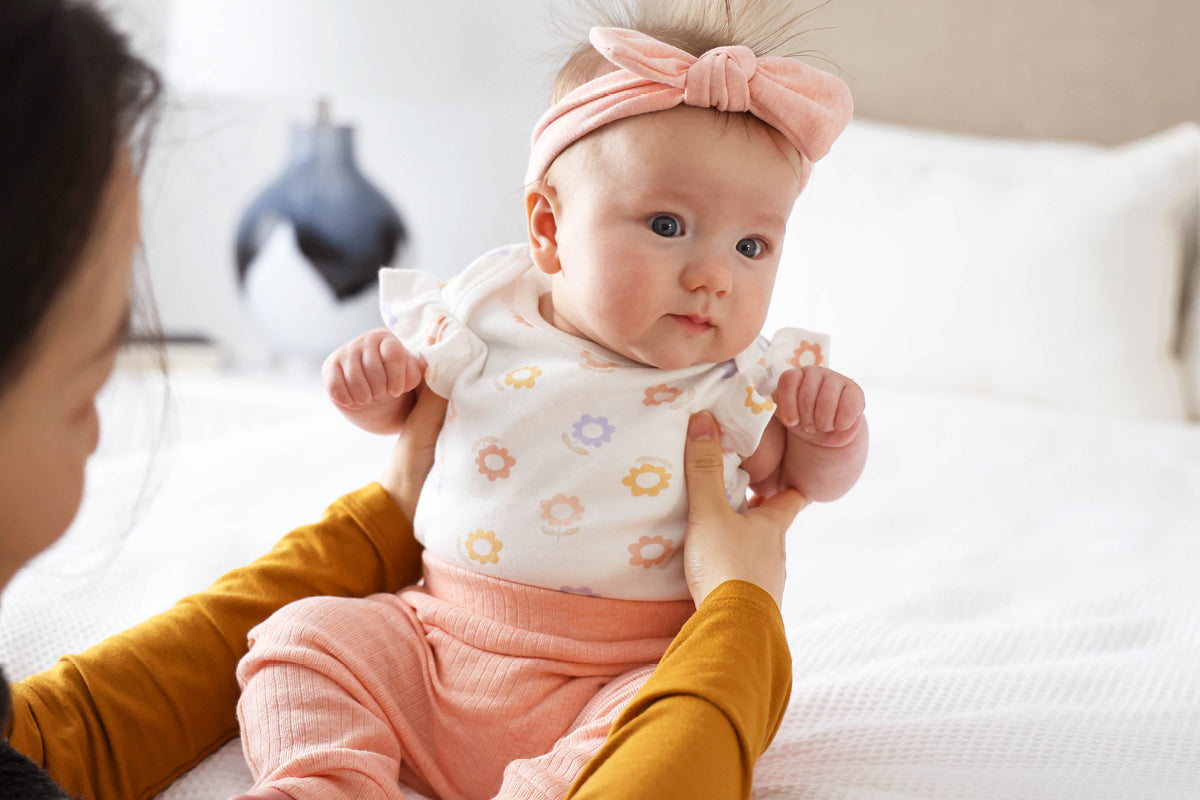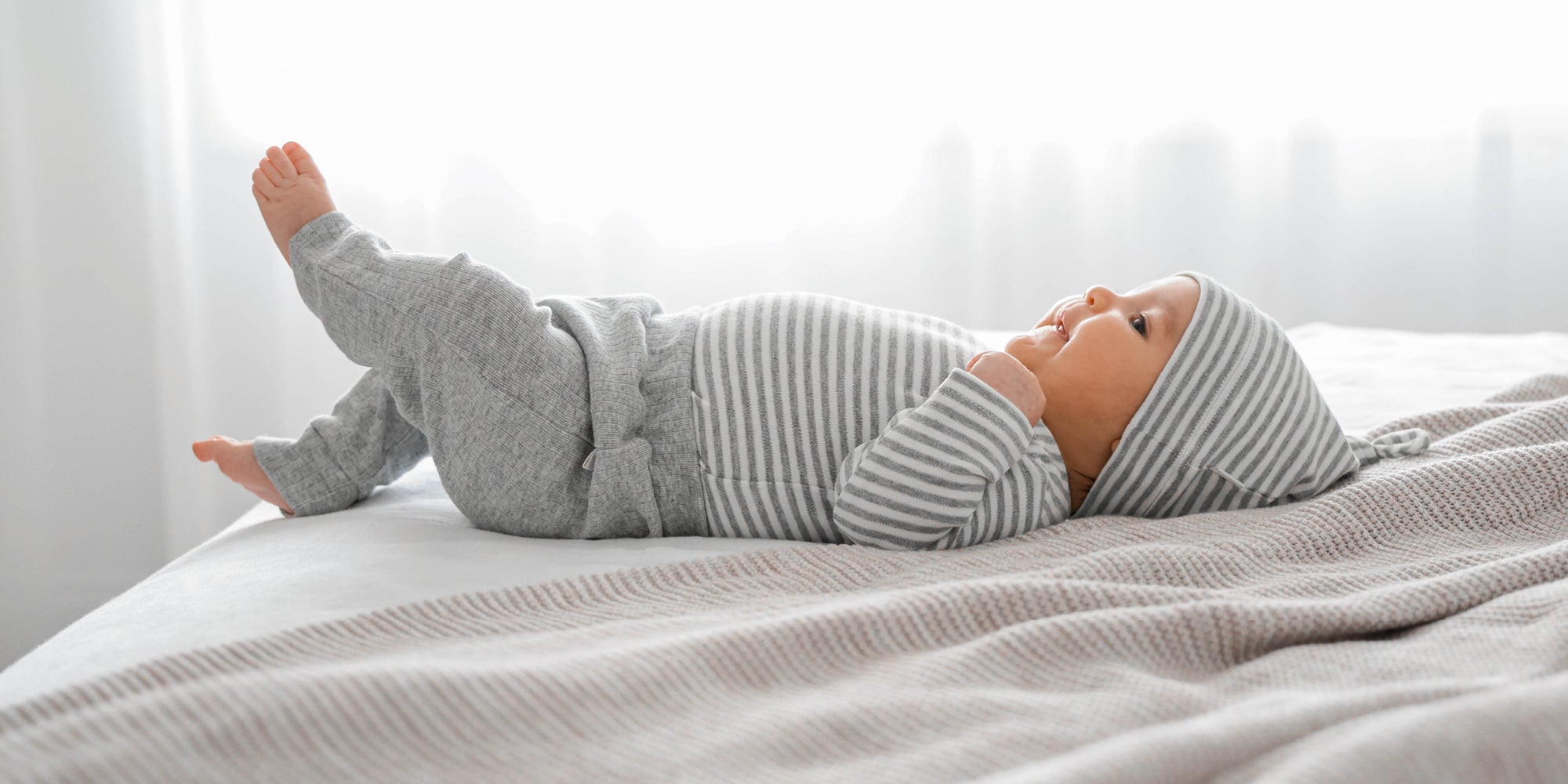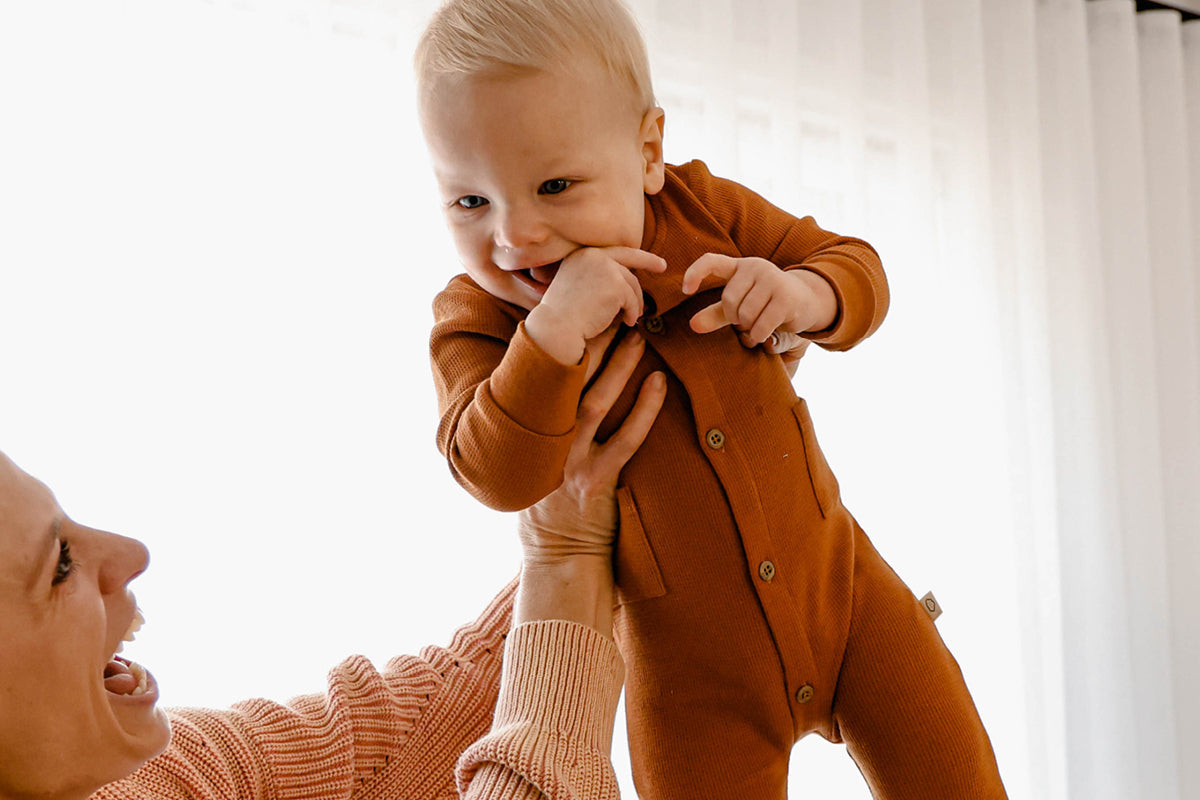News
How to Choose the Ideal Baby Blanket for Every Season
Table of content 1. Understanding the Role of a Baby Blanket 2. The Importance of Choosing the Right Blanket for Each Season 3. Safety Considerations...
How to Plan and Shop for Baby Clothes: A New Parent’s Guide
Table of content 1. Understanding When to Start Shopping for Baby Clothes 2. Key Factors to Consider Before Buying Baby Clothes 3. How Far Along...
Cot Sheets Care: How Often to Wash for Your Baby's Health
Table of content 1. Introduction to Cot Sheet Hygiene: Why It Matters 2. Understanding Common Contaminants on Cot Sheets 3. How Often Should You Wash...
Baby Blankets: A Practical Guide for Australian Parents
Table of content 1. Understanding Different Types of Baby Blankets 2. Material Choices for Newborn and Infant Blankets 3. Seasonal Considerations for Baby Blankets 4....
Choosing the Best Cot Sheets and Bedding: A Practical Guide for New Parents
Table of content 1. Understanding Cot Sheets and Bedding Basics 2. Choosing the Right Cot Sheets 3. Cot Bedding Sets: What’s Included and When You...
How to Choose the Right Cot Bed Linen in Australia: A Practical Guide for New Parents
Table of content 1. Understanding Cot Bed Linen Essentials 2. Choosing the Right Cot Sheets for Your Baby 3. All-in-One Cot Bedding Solutions 4. Safety...
A Practical Guide to Leggings for Newborns: Comfort, Style, and Seasonal Choices
Table of content 1. Why Leggings Are Ideal for Newborns 2. Types of Leggings and Related Clothing Options 3. Seasonal Considerations for Newborn Clothing 4....
A Practical Guide to Leggings for Newborns: Comfort, Style, and Seasonal Choices
Table of content 1. Why Leggings Are Ideal for Newborns 2. Types of Leggings and Related Clothing Options 3. Seasonal Considerations for Newborn Clothing 4....
The Ultimate Newborn Photoshoot Guide for Australian Parents
Table of content Introduction I. When Is the Best Time for Newborn Photos? What’s the best age for newborn photos? Is two weeks too old...

